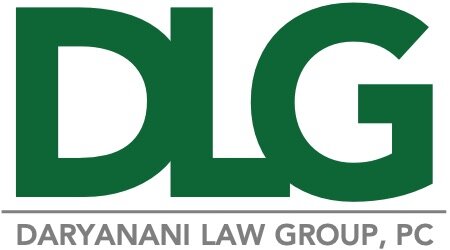The United States Capitol building is one of the most recognizable structures in the country. Its broad wings extend to the north and south, and its tall white dome is one of its most notable features. The building, originally designed in the 1790s, was created as a symbol of democracy and freedom. Surrounded by vast green lawns and a series of monuments, memorials, and museums, the building is impressive even today. The city of Washington DC was built with the Capitol at its center. George Washington’s trusted city planner, the Frenchman Pierre Charles L’Enfant, designed the city with wide diagonal boulevards connecting important sites, many of them radiating out from Capitol Hill. This design allows the building’s distinct dome to be seen from great distances, including from the White House, the baseball stadium, several city parks, and Union Station, where many people arrive in the city.
USCIS Policy Update for Employment Authorization of H-4, L, and E Dependent Spouses
Shergill et al, v Mayorkas (21-cv-1296-RSM), a class action lawsuit, was filed by The American Immigration Lawyers Association (“AILA”) and its litigation partners Wasden Banias and Steven Brown, to address the extensive delays at United States Citizenship and Immigration Services (“USCIS”) in processing Employment Authorization Document (EAD) applications for dependent spouses of H-1B and L nonimmigrant visa holders. On November 10, 2021, AILA announced a settlement had been reached with the U.S. Department of Homeland Security (DHS) in the Shergill case, under which USCIS agreed to allow continued work authorization for certain H-4 and L-2 EAD applicants whose applications remained pending with USCIS. USCIS reversed its policy that prevented H-4 spouses “from benefiting from automatic extension of their employment authorization during the pendency of standalone employment authorization document (EAD) applications.” USCIS also agreed to implement policy guidance within 120 days to provide work authorization for L-2 spouses without requiring an EAD card.
Read moreMonday was a Day for Reunions
The Garment Worker by Judith Weller
Throughout New York City, permanent monuments grace sidewalks, street corners, and parks. Many of those monuments commemorate important events, influential people, and well-known heroes. Some, however, stand in tribute to everyday New Yorkers. Judith Weller’s “The Garment Worker” is one such statue, depicting a man in a yarmulke working at an old-fashioned sewing machine. Weller, originally from Israel, based the figure on memories of her father, a machine operator in the garment industry, similarly bent over a sewing machine hard at work. Jewish immigrants like the man depicted in the statue have a long and storied history in New York, with the first wave of them arriving as early as the 1650s. A few centuries later, from about the 1880s to the 1920s, the Jewish population in New York City boomed, growing by nearly 1 million in just a few decades. Many of these new arrivals ended up working in New York City’s prosperous garment industry, at one point making up a large majority of the labor force in that field. “The Garment Worker” sits at his table on 7th Avenue, a larger-than-life homage to the Jewish garment workers who made up “the backbone of Jewish life in New York at the turn of the century,” and the immigrants who shaped New York City.
As the US Opens for International Travel, Some Remain in Limbo
As previously reported, international travel to the United States was reopened for vaccinated visitors on Monday, November 8, 2021, as a result of President Biden’s Presidential Proclamation. Previously, tourists and visitors who were physically present in the United Kingdom, Ireland, countries in the European Schengen Area, Brazil, China, India, Iran, and South Africa during the fourteen-day period preceding their entry or attempted entry into US were subject to travel restrictions as a result of the COVID-19 pandemic. These restrictions, which barred entry for most non-US nationals have been officially lifted, for those who are fully vaccinated. Travel remains restricted for people who were vaccinated with non-WHO-approved vaccines, such as the Russian Sputnik V vaccine, and the Chinese CanSino vaccine.
Read moreStop Using Dreamers as Bargaining Chips
Ascending the Mountain by Susan Stair
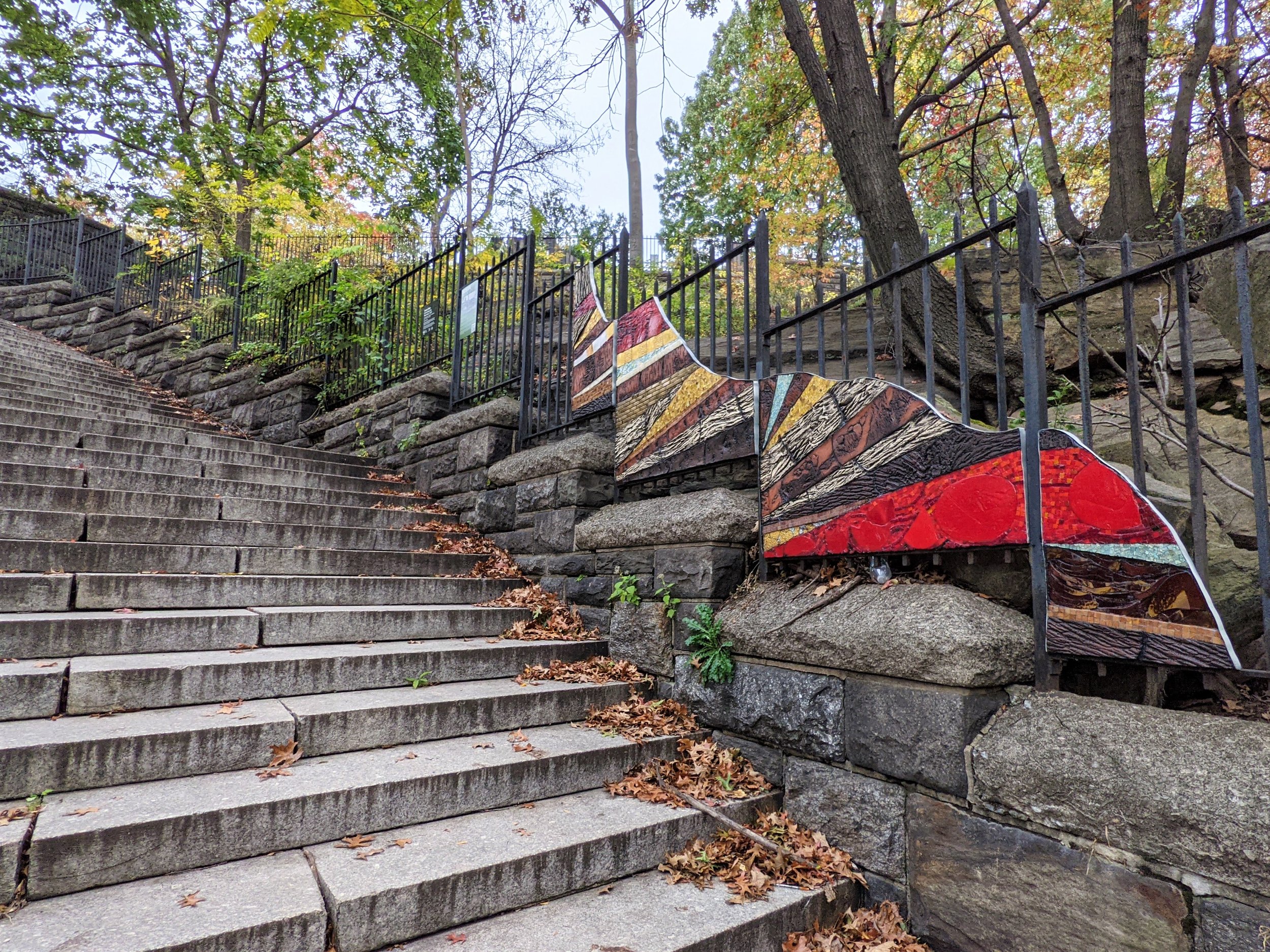
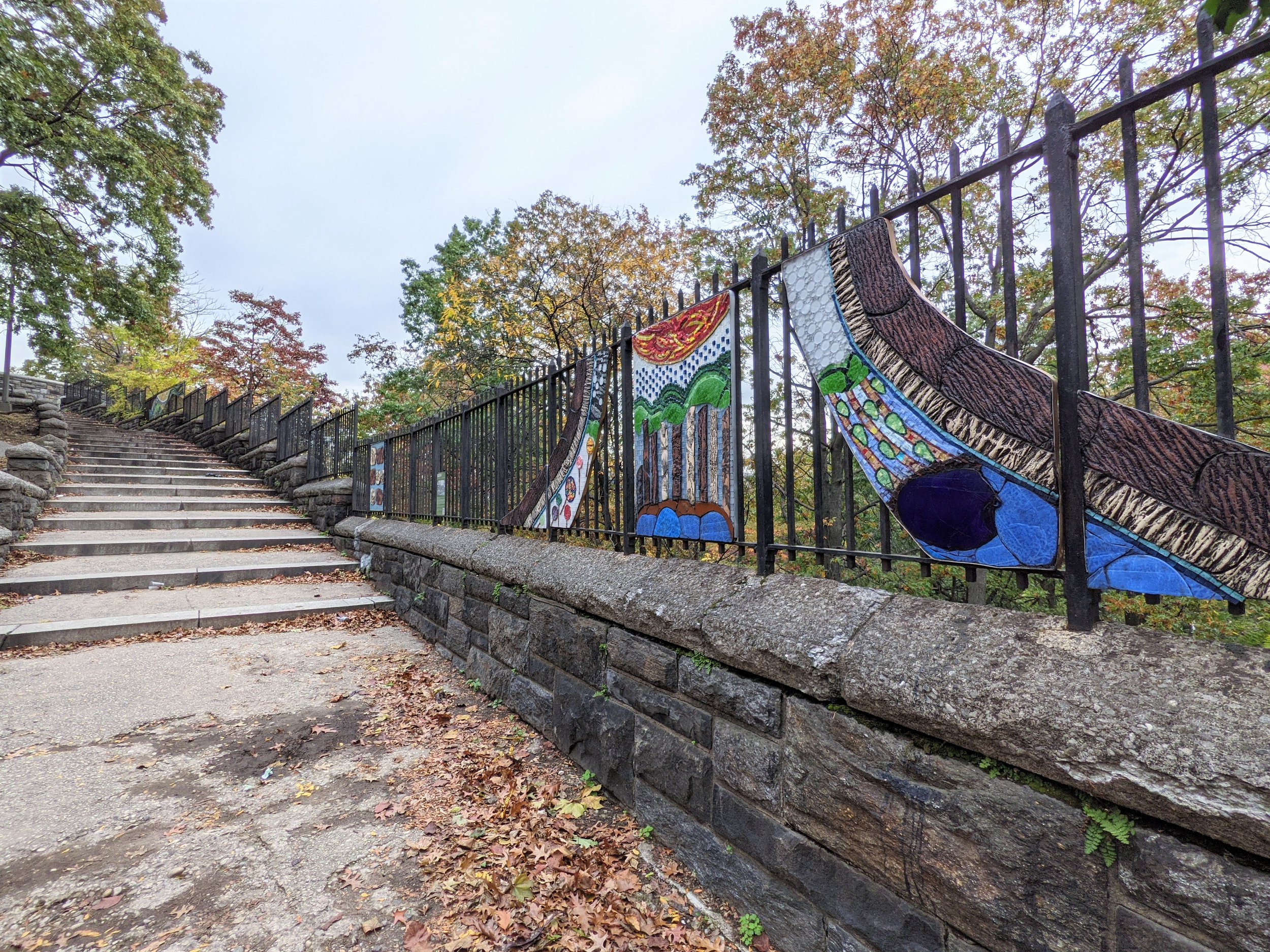
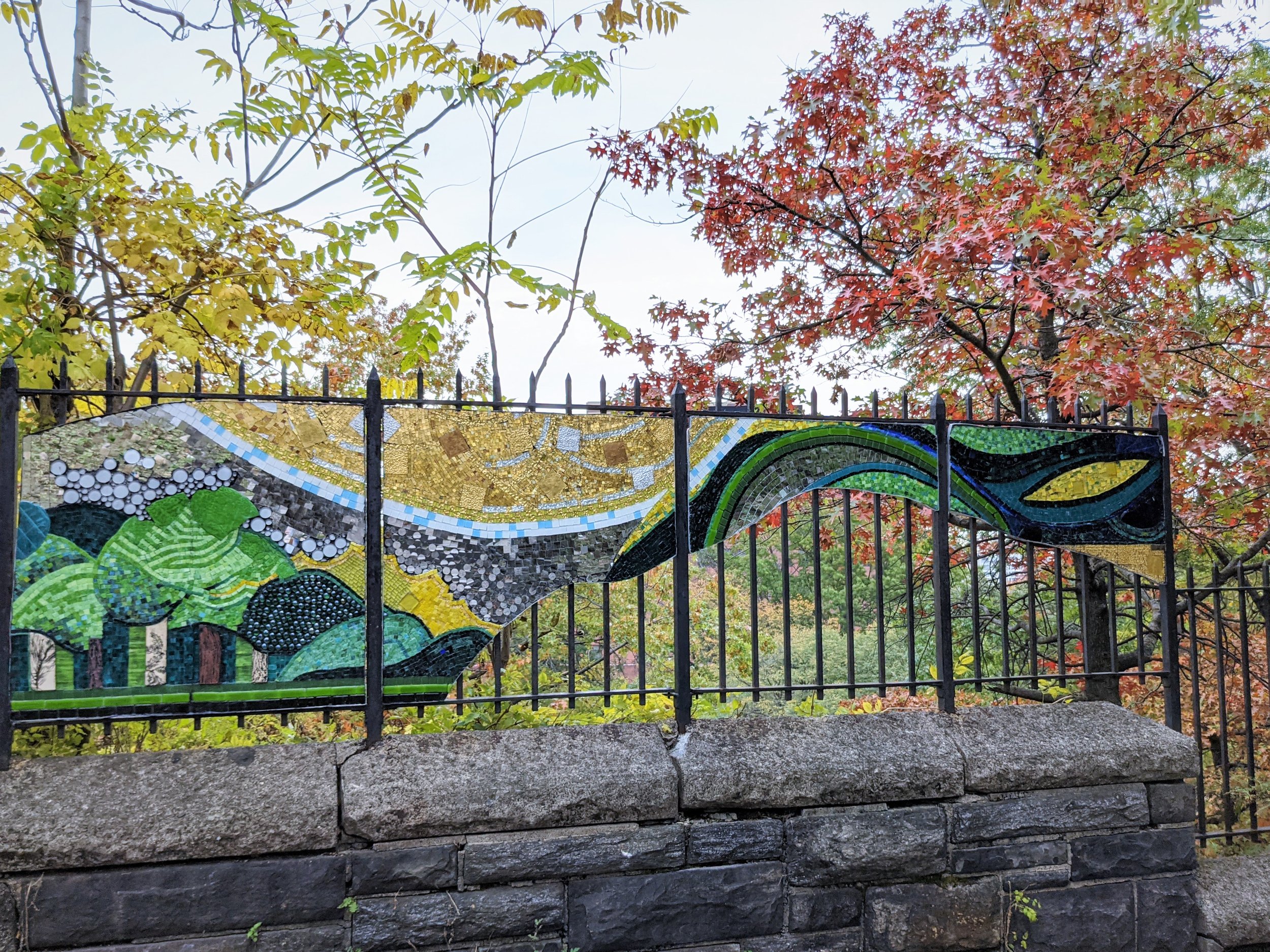
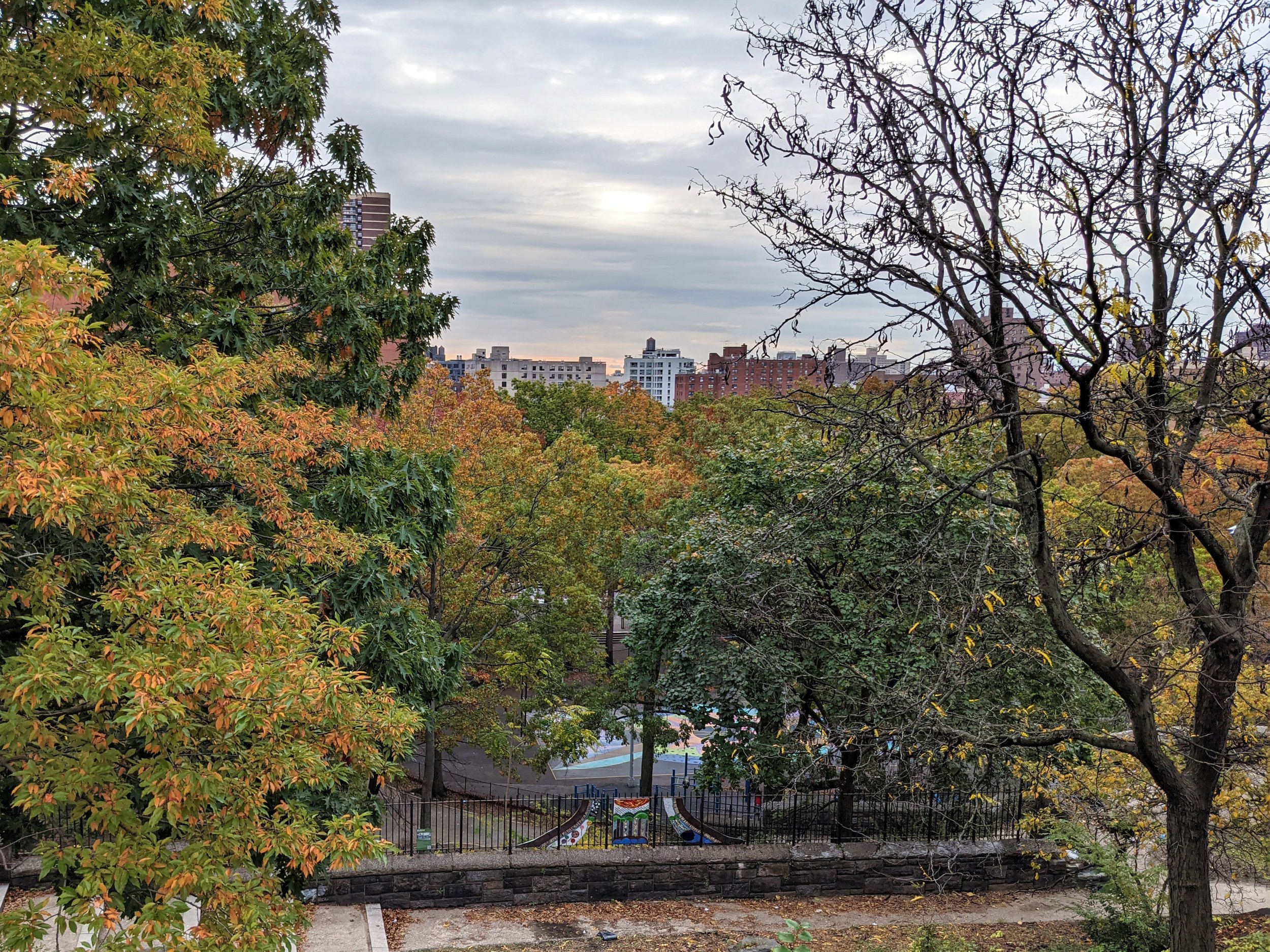
At the center of Harlem’s Marcus Garvey Park is a small, rocky mountain covered with trees. It wasn’t always so verdant, though. Less than 100 years ago, the mountain was mostly bare rock, but over time, trees that were planted at the beginning of the twentieth century grew through the solid Manhattan Schist. Today, the entire park is shaded with trees. “Ascending the Mountain” is a three-part installation by artist Susan Stair, created as a tribute to this urban forest and the trees that make it up. The first part of the work, called “Roots in Rock,” is at the bottom of the mountain, visible from the first step of the staircase that leads to the top. You can look through the artwork, you can see the actual roots of the trees anchored in the rocky ground. The next part of the work, “Growing Powerhouse,” is a bit higher up on the winding stairs. This piece “illustrates the trees’ ability to bring gallons of water and minerals up the side of the mountain through their trunks.” The upright shapes of this portion echo the tree trunks and branches visible through the fence behind them. The final part is at the top of the staircase, near the highest point in the park. The flowing greens and golds of “Tree Canopy” look like an extension of the leafy treetops behind it. Looking out from the top of mountain, you can see out across the small forest and into the urban landscape beyond, offering a rare and wonderful perspective on the city and its relationship to nature.
Happy Diwali!
Croatia Has Been Added to the Visa Waiver Program
In a September 28, 2021 press release, Secretary of Homeland Security Alejandro N. Mayorkas, in coordination with Secretary of State Antony J. Blinken announced that Croatia will be added as a new participant in the Visa Waiver Program beginning no later than December 1, 2021. Croatia will be the 40th country to be part of the B-1/B-2 Visa Waiver Program (“VWP”), and nationals of Croatia will be able to apply for visa-free visitor travel through the Electronic System for Travel Authorization (“ESTA”).
Read more